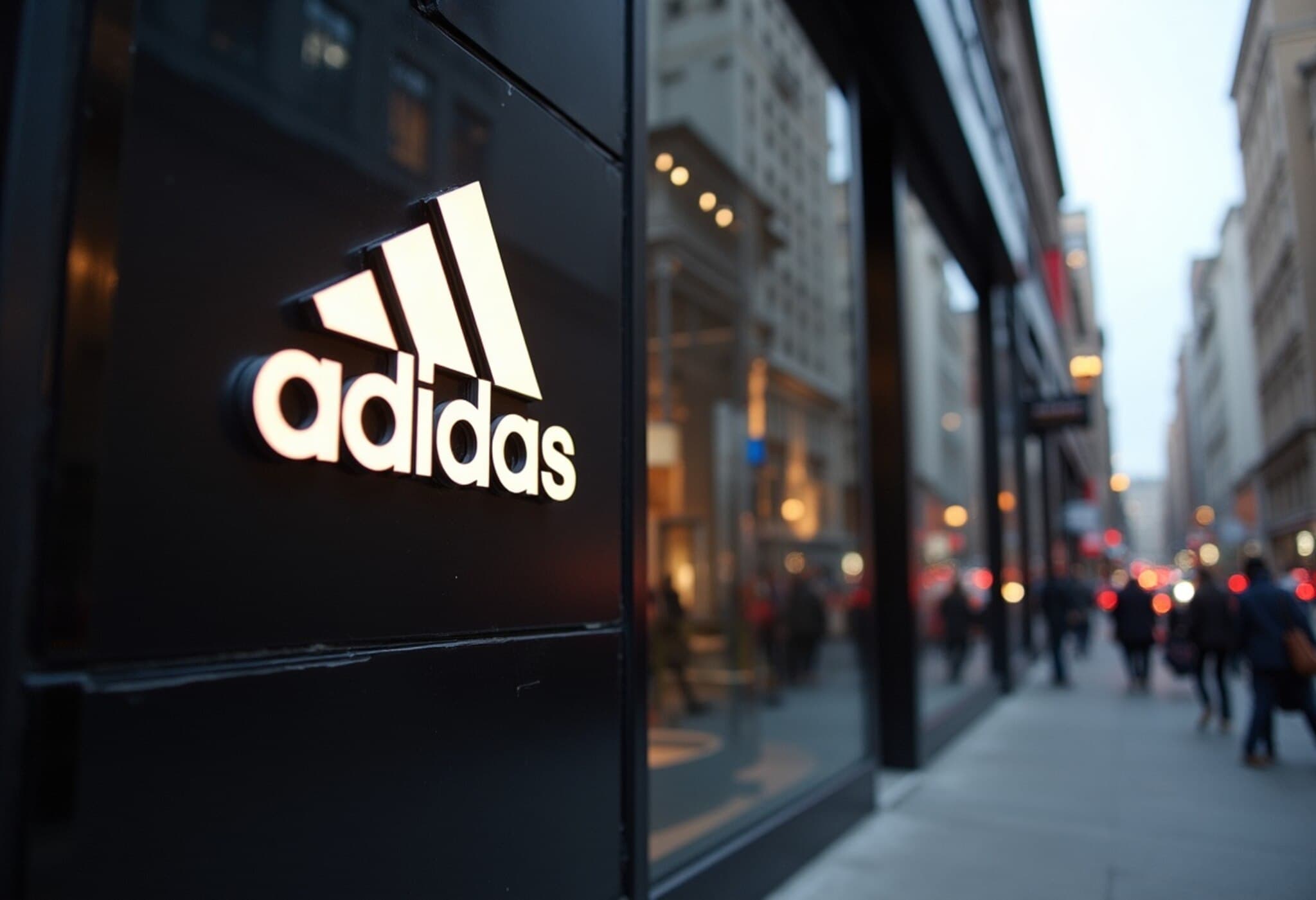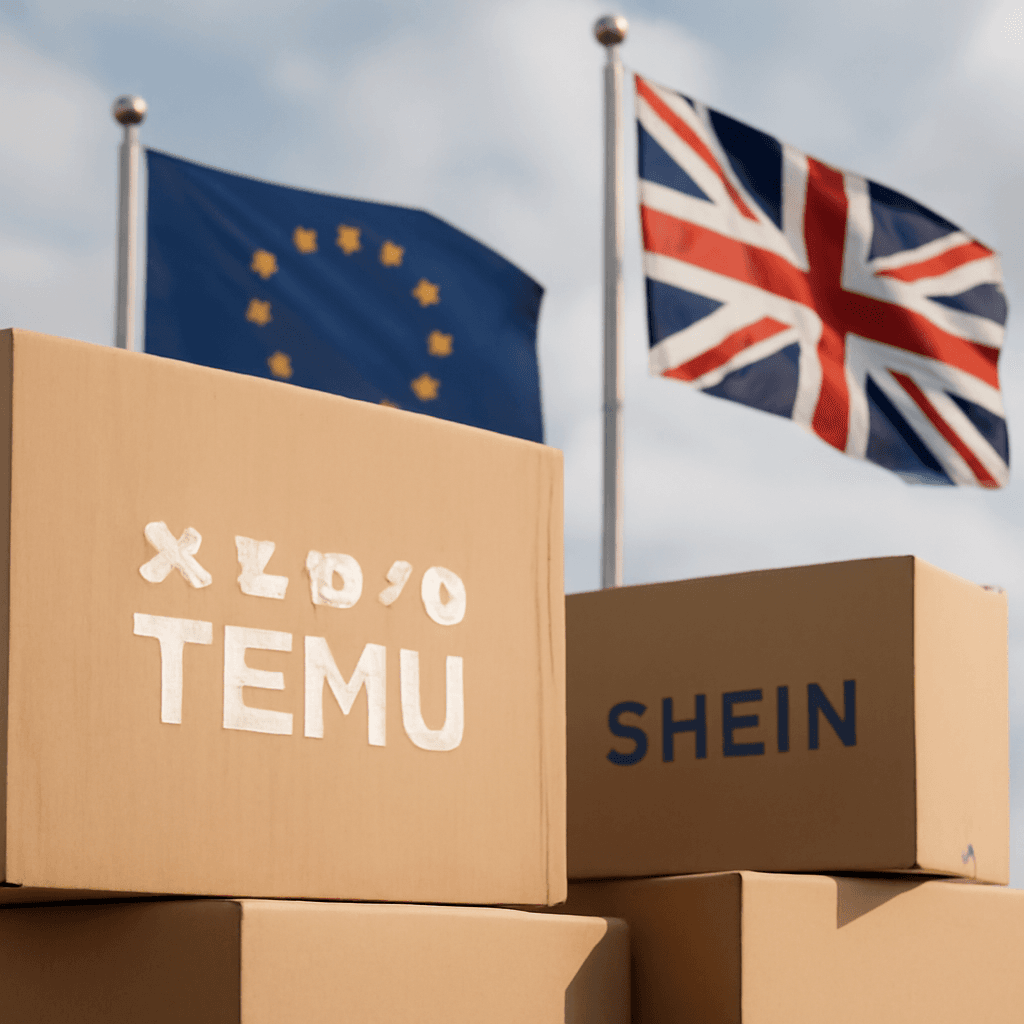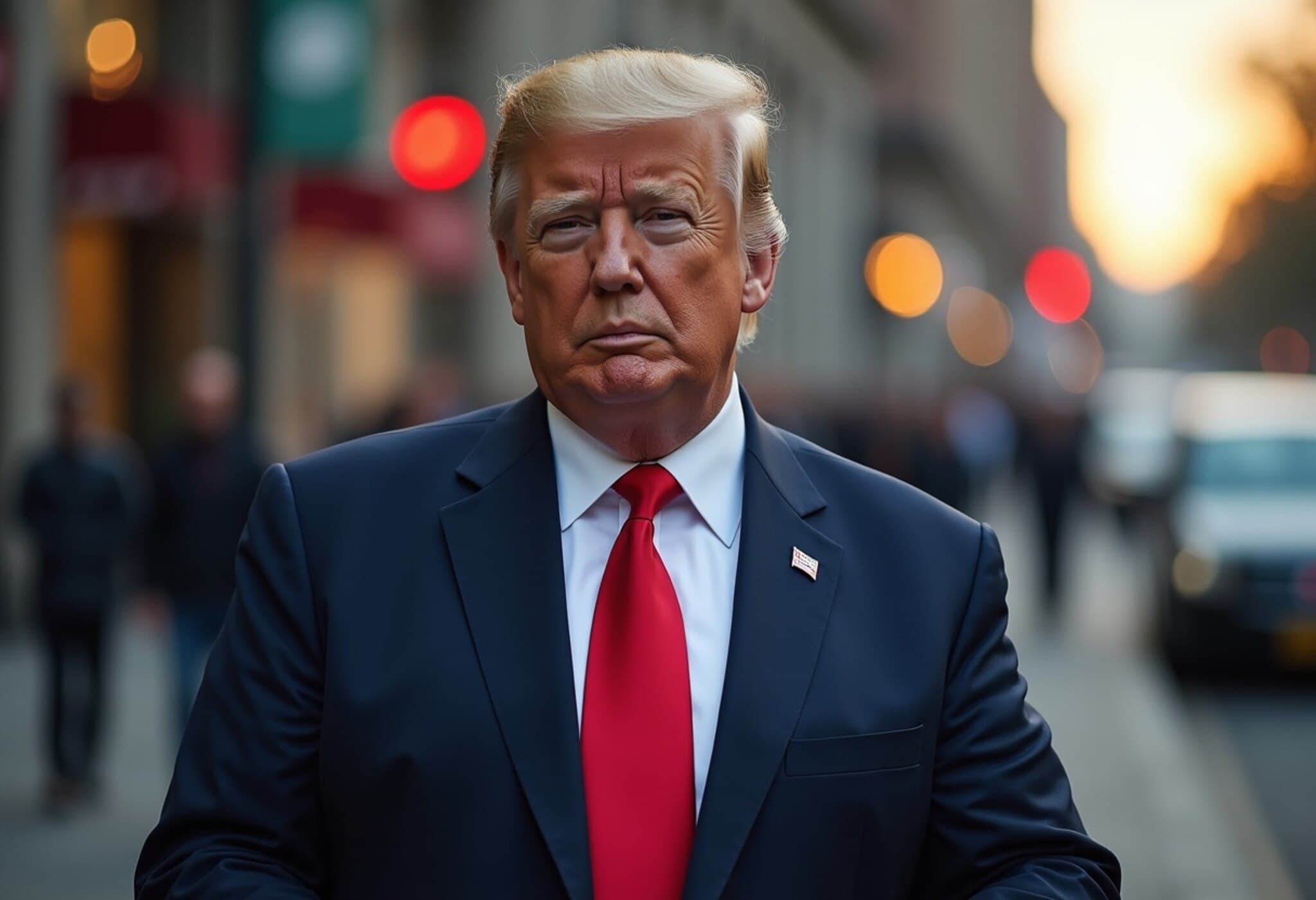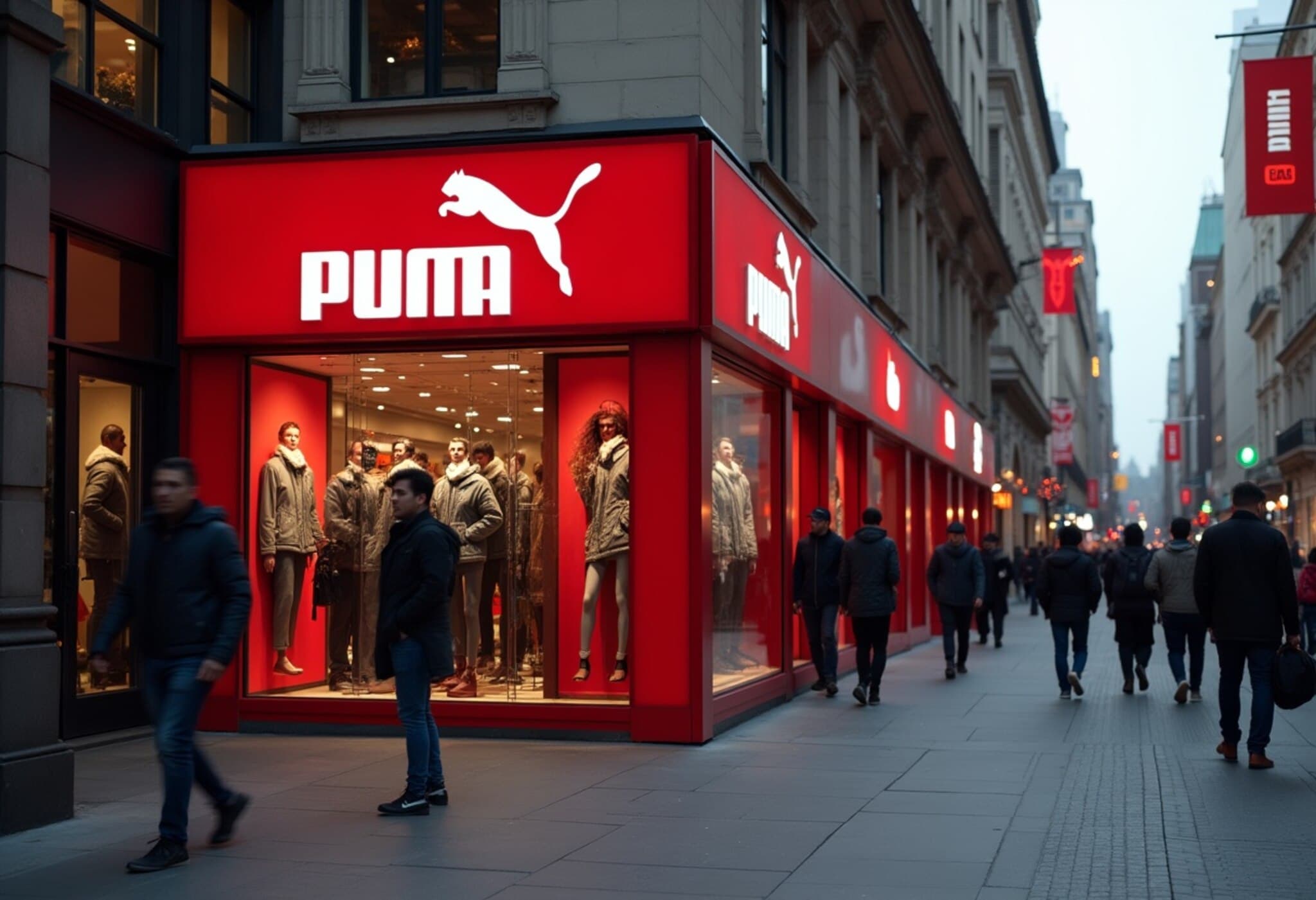Adidas Faces $231 Million Hit From U.S. Tariffs, Shares Fall Sharply
Adidas, the German sportswear heavyweight and world’s second-largest sports retailer, saw a sharp 9% decline in its share price following a sobering update on the impact of U.S. tariffs. The company revealed that import levies imposed by the U.S. government have already cost it tens of millions of euros in the second quarter and warned these costs could swell to 200 million euros ($231 million) in the latter half of 2025.
Tariffs and Inflation: A Double-Edged Sword
CEO Bjørn Gulden expressed concerns not only about the direct financial hit but also about the broader economic ripple effects. “We do also not know what the indirect impact on consumer demand will be should all these tariffs cause major inflation,” Gulden noted. This speaks to a larger challenge facing many global brands: how to balance supply chain costs amid rising geopolitical trade tensions without alienating price-sensitive consumers.
Such tariffs threaten to push up U.S. retail prices at a time when inflationary pressures are already squeezing household budgets. For a brand like Adidas, whose American market is vital, this could temper consumer enthusiasm and curb discretionary spending on sportswear.
Financial Performance: Mixed Signals Amid Uncertainty
While Adidas reported a 2% year-over-year rise in revenues to 5.95 billion euros for the second quarter ending June 30, this fell short of analysts' expectations of 6.23 billion euros. Currency headwinds notably cut into earnings, with a 300 million euro negative impact due to foreign exchange fluctuations.
On a more positive note, operating profit climbed 58% to 546 million euros, beating the forecast of 518 million euros, signaling some internal profit resilience despite the market challenges.
Maintaining Outlook in a Clouded Horizon
Adidas remains cautiously optimistic, reaffirming its full-year guidance with expectations for high-single-digit currency-neutral sales growth and operating profit in the range of 1.7 to 1.8 billion euros. However, the firm emphasized that elevated uncertainty linked to U.S. tariffs and macroeconomic risks could prompt further revisions.
Expert Perspective: The American Consumer and Global Trade Dynamics
From a U.S. economic standpoint, Adidas’ experience underscores how international trade policies can have unintended knock-on effects on everyday consumers and global businesses alike. The tariffs, likely intended to protect domestic industry or respond to geopolitical disputes, risk inflating prices in key consumption hubs and dampening demand.
Furthermore, Adidas’ situation highlights the importance for multinational companies to adapt supply chains and pricing strategies dynamically. The U.S. remains a critical market for brands like Adidas, and persistent tariff pressures could spur shifts toward sourcing or manufacturing adjustments, or alternatively, heavier price absorption that impacts profit margins.
Broader Implications for the Retail Sector
- Inflationary Risks: Increased import costs may translate to higher prices, challenging consumer spending power amidst already elevated inflation.
- Supply Chain Resilience: Companies might accelerate diversification of suppliers or regional manufacturing to circumvent tariffs, influencing global trade flows.
- Investor Sentiment: Market reactions such as Adidas’ 9% share drop signal cautious investor outlook amid geopolitical and economic uncertainties.
Looking Ahead: Key Questions for Stakeholders
As Adidas navigates this uncertain terrain, stakeholders should watch how the company balances cost pressures with consumer demand elasticity. Will Adidas absorb tariff costs, thereby reducing profitability, or pass them on to consumers at the risk of losing market share? How might broader U.S. trade policies evolve, and what does this mean for other global retailers?
Summary Box: Adidas and the Tariff Tightrope
- $231 million expected tariff costs in H2 2025 carry heavy weight.
- Second-quarter sales growth slowed to 2%, with the U.S. showing the weakest demand.
- Operating profit beats forecast despite currency and tariff headwinds.
- CEO warns inflation risks could dent future consumer spending.
- Market reacts swiftly with a 9% share price drop, reflecting investor unease.
Editor’s Note: Adidas’ experience offers a telling case study of how intertwined global trade policy is with everyday business realities and consumer welfare. As tariffs become an increasingly common tool in geopolitical strategy, companies and consumers alike must brace for complex cost and price dynamics. For American policymakers, the challenge lies in balancing protective measures with the potential inflationary impact on domestic markets. The coming months will be critical in assessing whether Adidas and its peers can innovate around these constraints or face sustained pressure on profitability and growth.



















